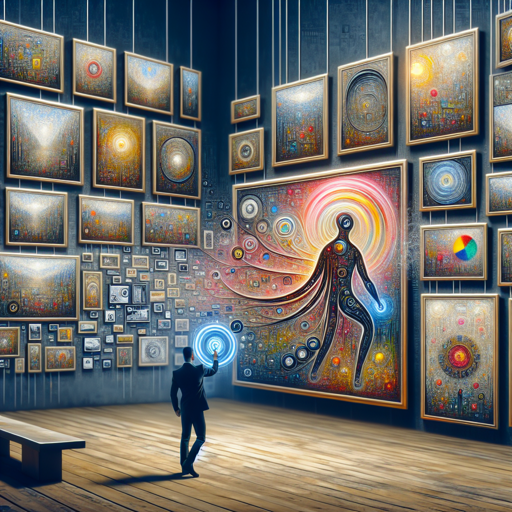In the realm of image processing, clear visuals are essential. The StableSR model is a powerful tool designed to enhance image quality through super-resolution. Developed by Jianyi Wang, this diffusion-based model takes low-resolution images and elevates them to a higher standard. This guide will walk you through understanding and using StableSR while providing troubleshooting tips to ensure a smooth experience.
Understanding the StableSR Model
The StableSR model is akin to a magician who transforms a blurry image into a crystal-clear picture. Imagine you’re at a gallery where each artwork represents a low-resolution image. The curator (in this case, StableSR) is responsible for enhancing those pieces, bringing out intricate details and improving overall visual quality. However, just like some artworks require different techniques to restore, StableSR may require multiple steps to achieve the final desired output.
Key Features of StableSR
- Model Type: Diffusion-based image super-resolution model
- License: S-Lab License 1.0
- Training Data: The model uses a combination of DF2K, DIV2K, and Flickr2K datasets.
- Checkpoints Available: Various checkpoints are provided for different iterations of the model.
How to Get Started with StableSR
To work with StableSR, you will need to follow these steps:
- Clone the GitHub Repository:
- Use the link here to access the repository.
- Install Required Packages:
- Ensure you have all the Python packages and dependencies installed for running the StableSR model.
- Prepare Your Low-Resolution Images:
- Gather the images you want to enhance.
- Run the Model:
- Execute the model in your preferred command-line interface with the necessary arguments.
Troubleshooting Tips
If you encounter issues while using StableSR, here are some common troubleshooting tips:
- Model is Slow: StableSR might take time to generate images, especially larger ones. It’s not as fast as GAN-based alternatives. Patience is key.
- Image Fidelity Issues: If the model does not maintain 100% fidelity, remember that it has a generative nature and some compromises are expected.
- Complex Details Missing: For challenges arising from very intricate scenes, try simplifying the input image or adjusting parameters.
For more insights, updates, or to collaborate on AI development projects, stay connected with fxis.ai.
Conclusion
At fxis.ai, we believe that such advancements are crucial for the future of AI, as they enable more comprehensive and effective solutions. Our team is continually exploring new methodologies to push the envelope in artificial intelligence, ensuring that our clients benefit from the latest technological innovations.

